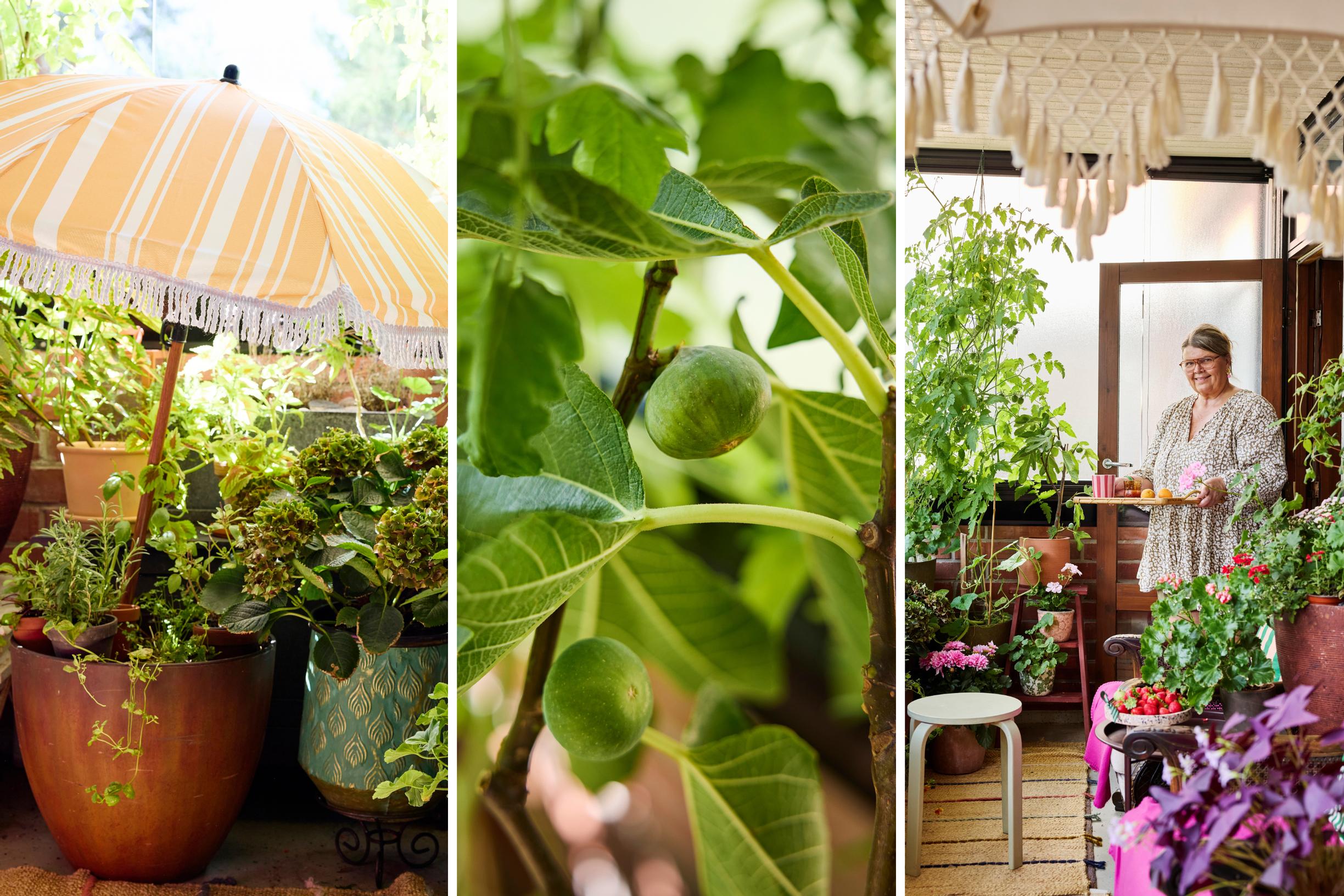
This interior designer sleeps on her balcony, where vines curl and figs ripen
Thanks to bright, colorful blossoms, fragrant plants, and home-grown produce, the balcony of Malla Tapio, an interior designer from Espoo, Finland, is a feast for all the senses. During mild winters, Malla has even overwintered a Japanese maple, a thuja, and a flame vine on her glazed west-facing balcony.
Mmm, so juicy! Finally! Malla Tapio tastes a fruit ripened by her own fig tree on her balcony in Espoo, Southern Finland. She has had the tree for several years, but it had never borne fruit—until now.
“It’s pretty amazing that we’re in Finland and I have my own fig tree!” Malla says.
Next to the fig, ‘Tiny Tim’ and ‘Black Cherry’ cherry tomatoes are ripening. They fill the glazed balcony with an intense aroma.
The first tomatoes are already blushing. In previous years, the harvest has lasted right up to November.
“When the cold sets in, I bring the green trusses indoors to ripen,” Malla explains.
The cucumber, on the other hand—which usually yields a good crop—had a rough year: a spider mite infestation struck during the early-summer heat, and the plant never recovered.
Malla managed to banish the mites with an insect-killer spray before they could spread to the rest of the balcony plants. Only the pansy growing next to the cucumber got its share of the pests.
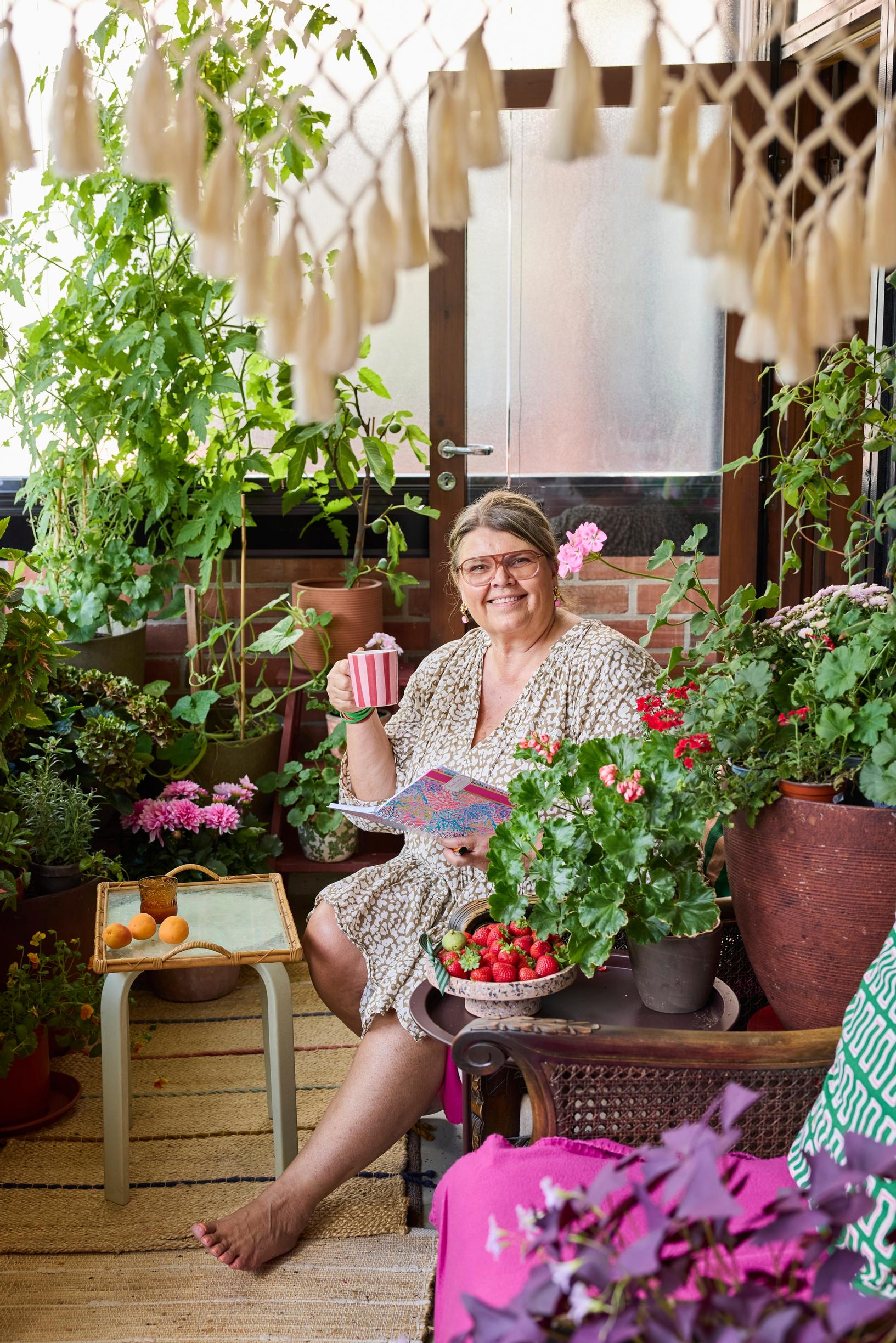
“The balcony is my multipurpose space. I eat breakfast and dinner there, relax, cool off after the sauna, and paint with oils.”
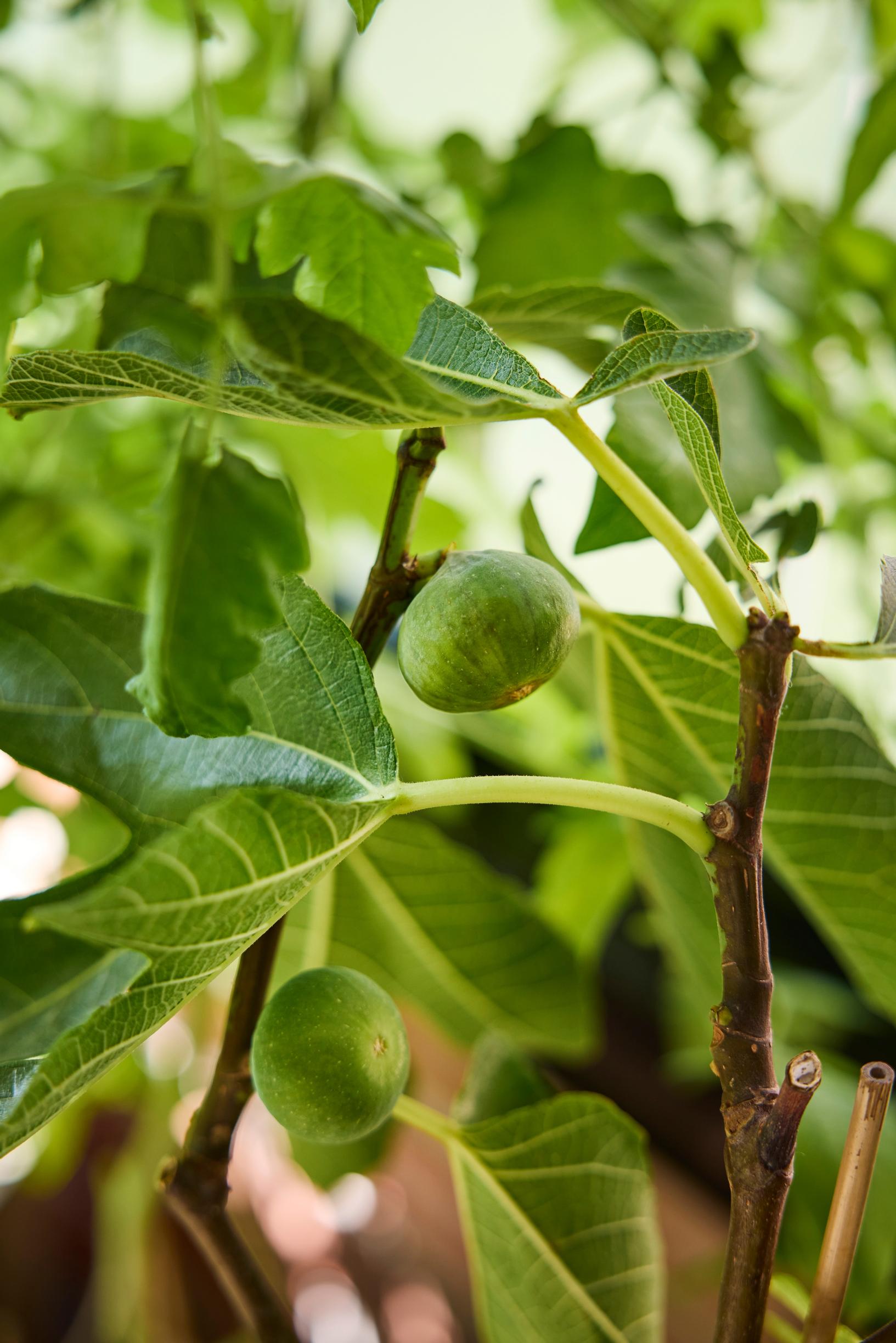
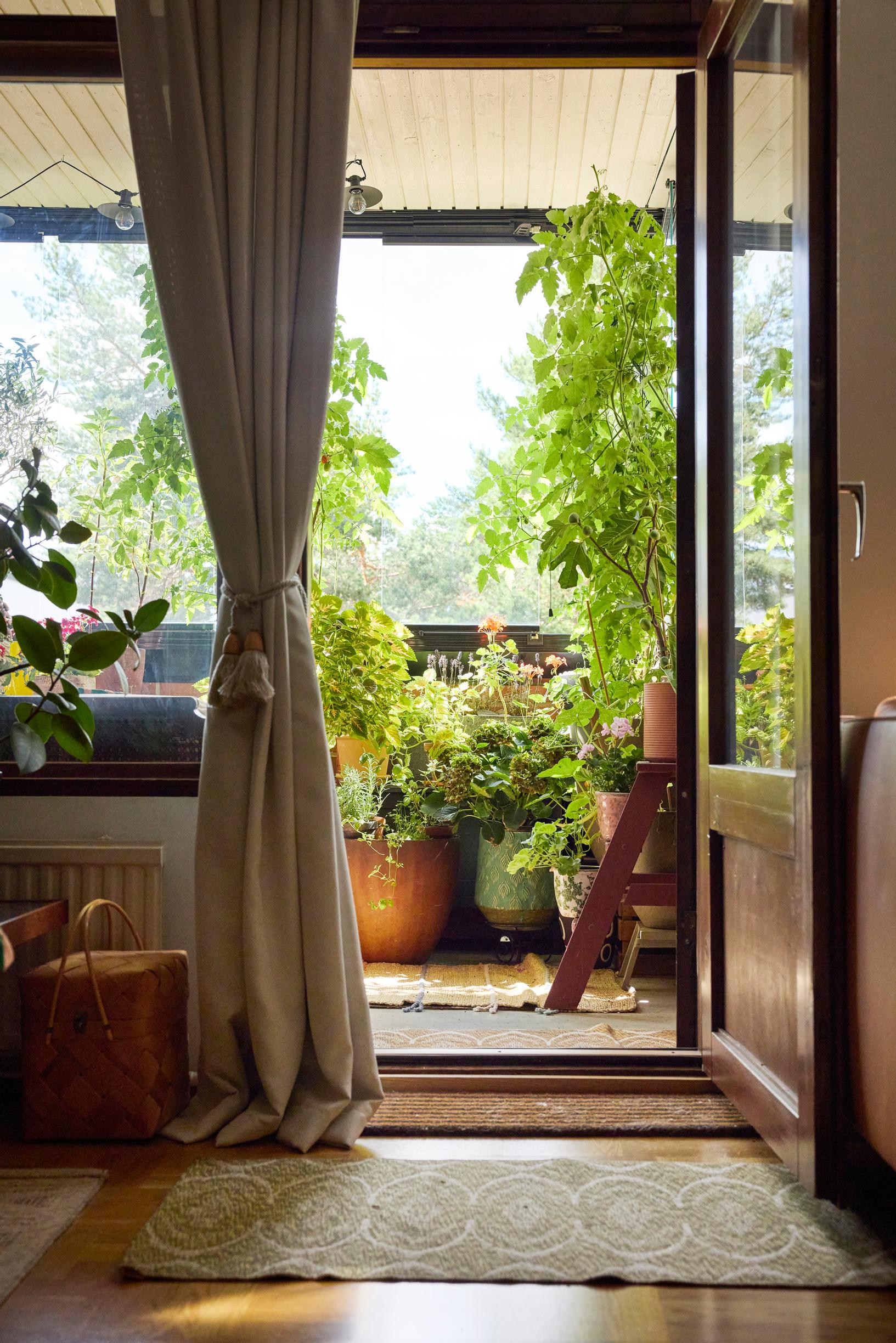
On hot summer mornings it’s pleasantly cool on the balcony. Listening to birdsong and breathing in the scent of the plants, it’s lovely to sit down with a morning coffee.
At the hottest time of day, the towering tomatoes sift the light more kindly and provide shelter from the glare.
During heatwaves, Malla even sleeps on the balcony’s summer bed. On bright moonlit nights she opens one of the windows and lies there gazing at the starry sky.
In late summer Malla carries out a large table and hosts a crayfish party for her friends on the balcony.
“The balcony is my multipurpose space. I eat breakfast and dinner there, relax, cool down after the sauna, and paint with oils. But the plants create the atmosphere; without their colors and scents this would be a completely different place.”
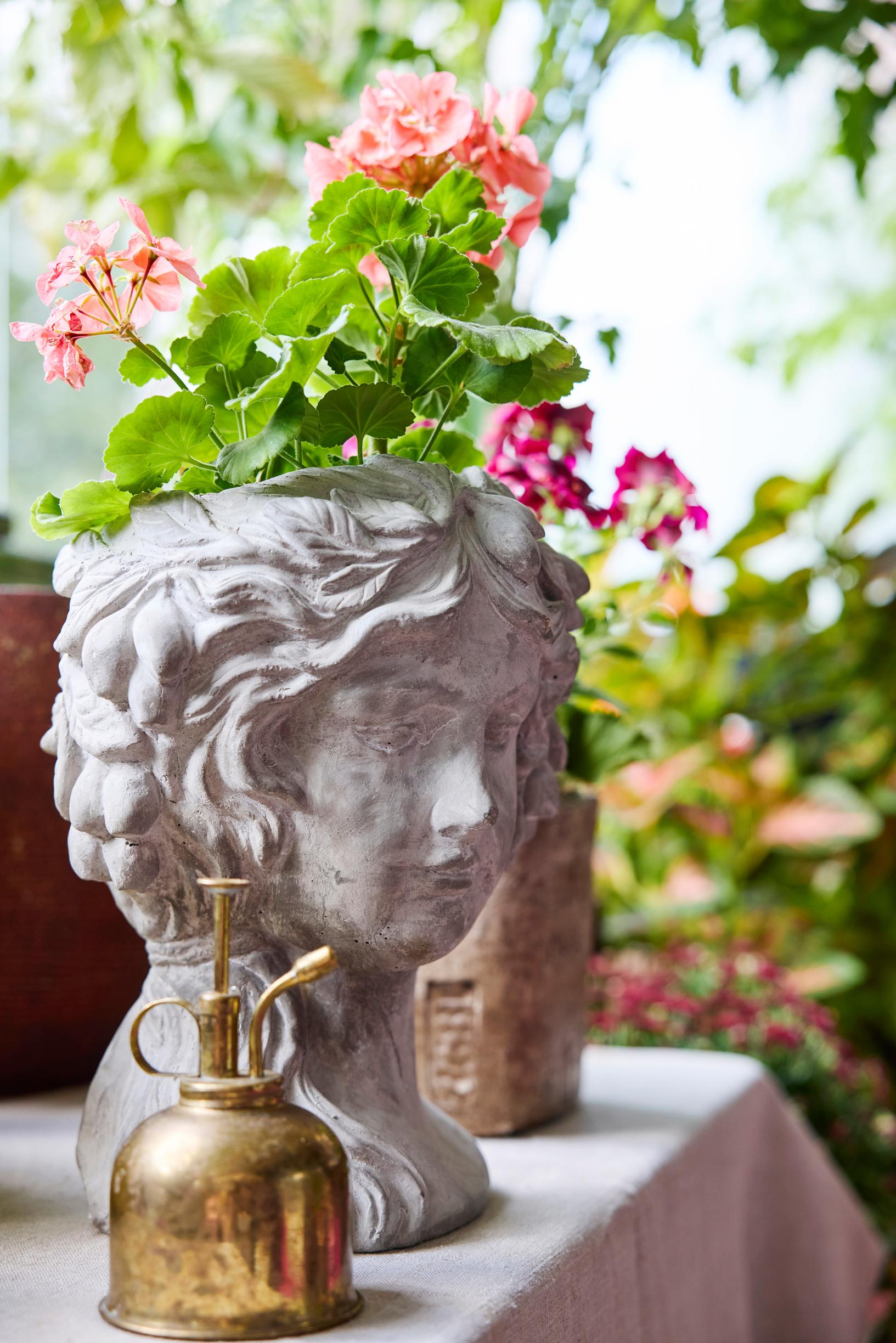
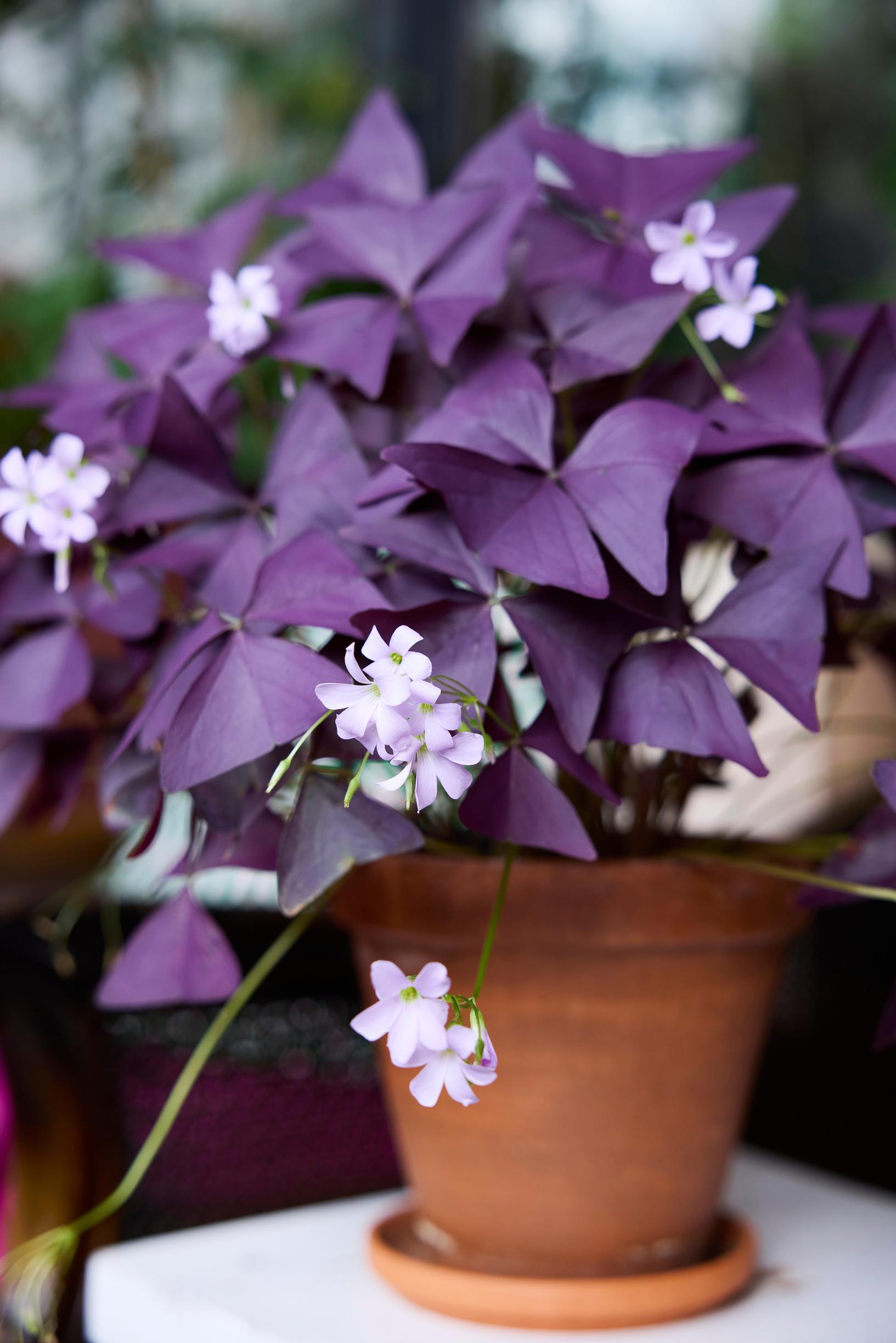
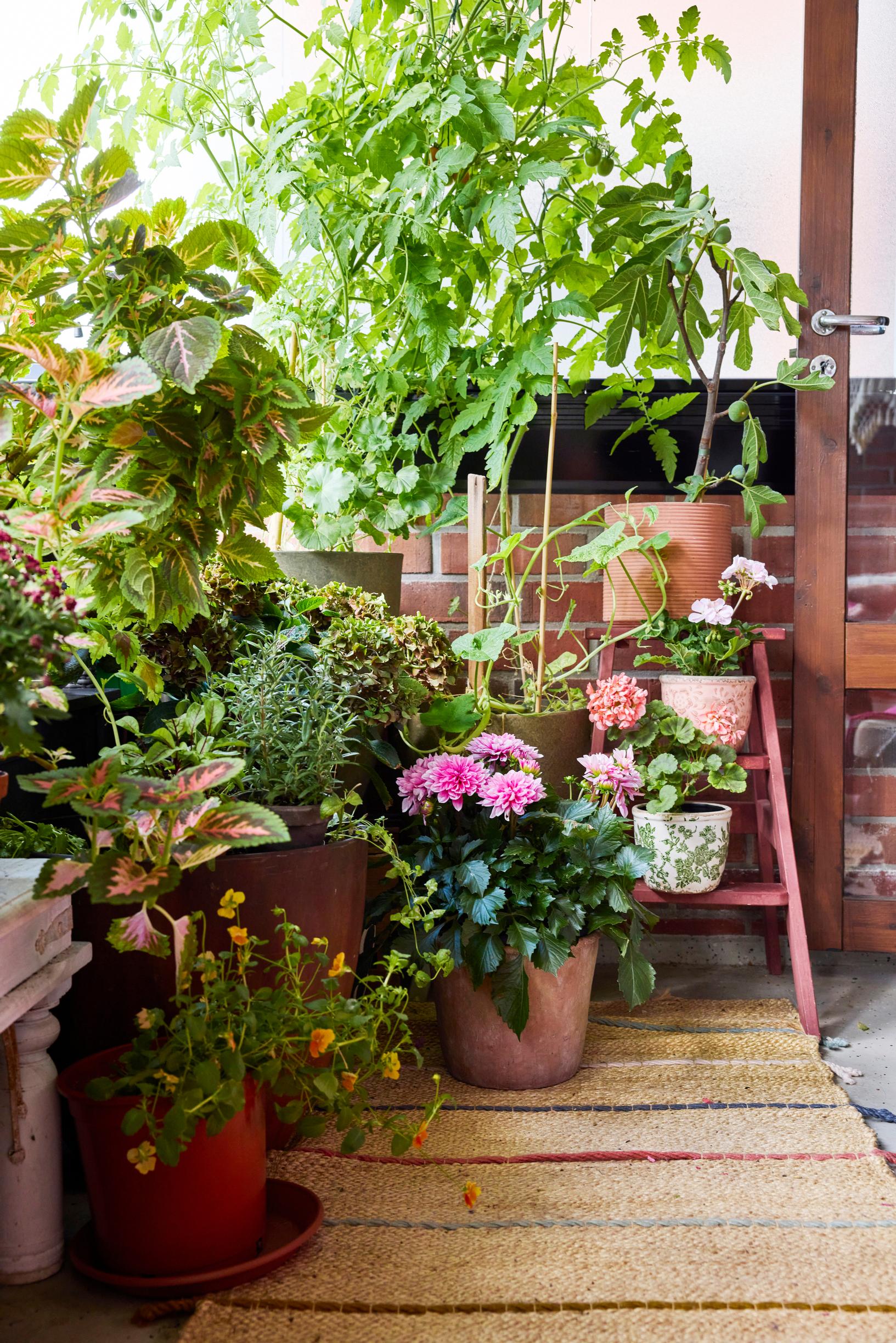
I’m a color person and right now I like unconventional contrasts, Malla explains.
“My balcony has pink and peach, orange and violet. I like to switch up the colors, and I have loads of throws and cushions that add even more color alongside the flowers. The building dates from 1974, and I think both muted and bright ’70s shades suit it perfectly.”
When it comes to plants, Malla is fascinated by different color variants, and she often chooses a plant for its hue. One summer she had a clear, pale-violet pelargonium she has never found again. Now an unusual orange pelargonium is blooming on the balcony, and Malla plans to overwinter it indoors.
“I’m going to take cuttings from it later in the summer, because they’re hard to root in late autumn. If it looks like the pelargonium won’t make it to next summer, I’ll take even more cuttings to root,” she says.
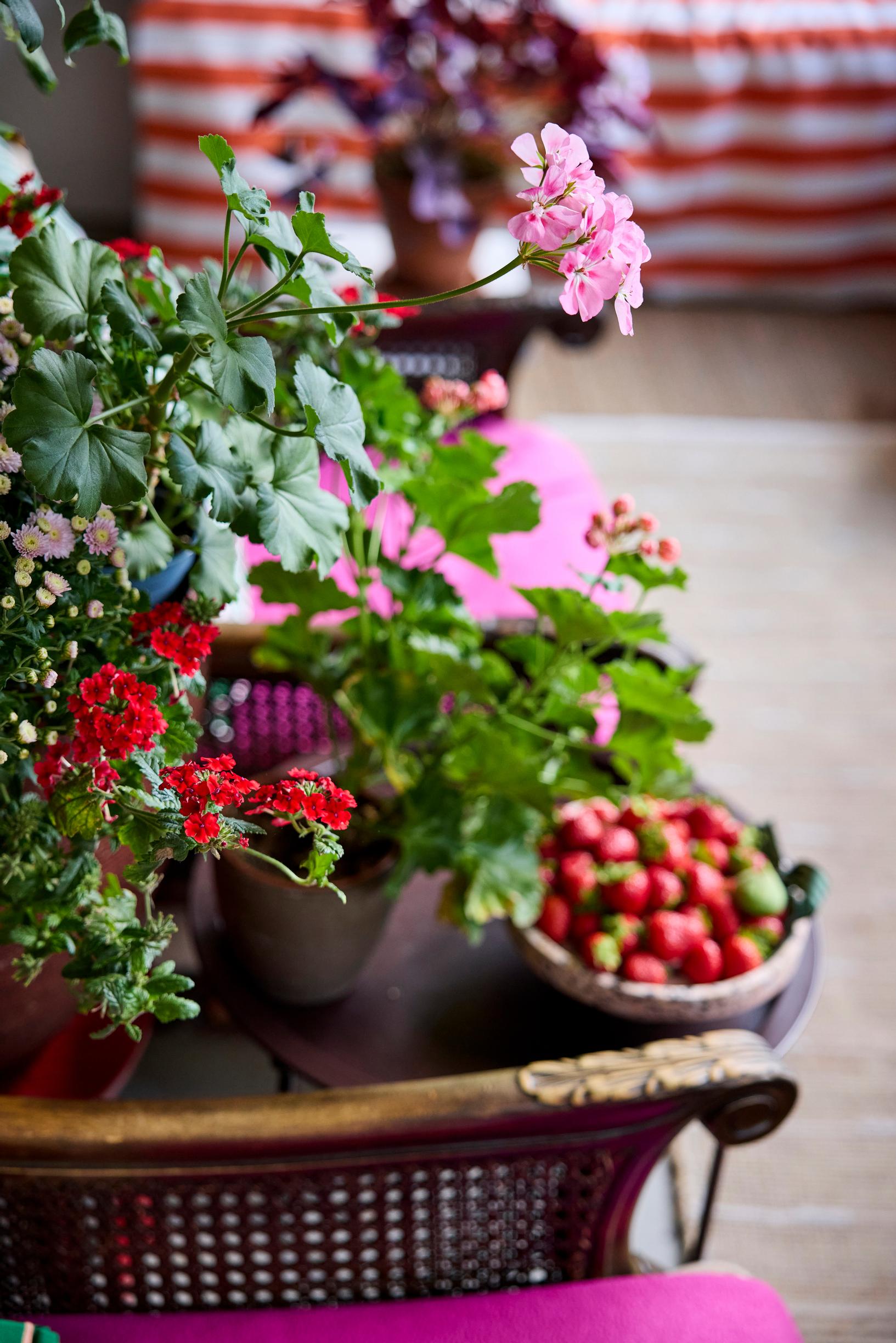
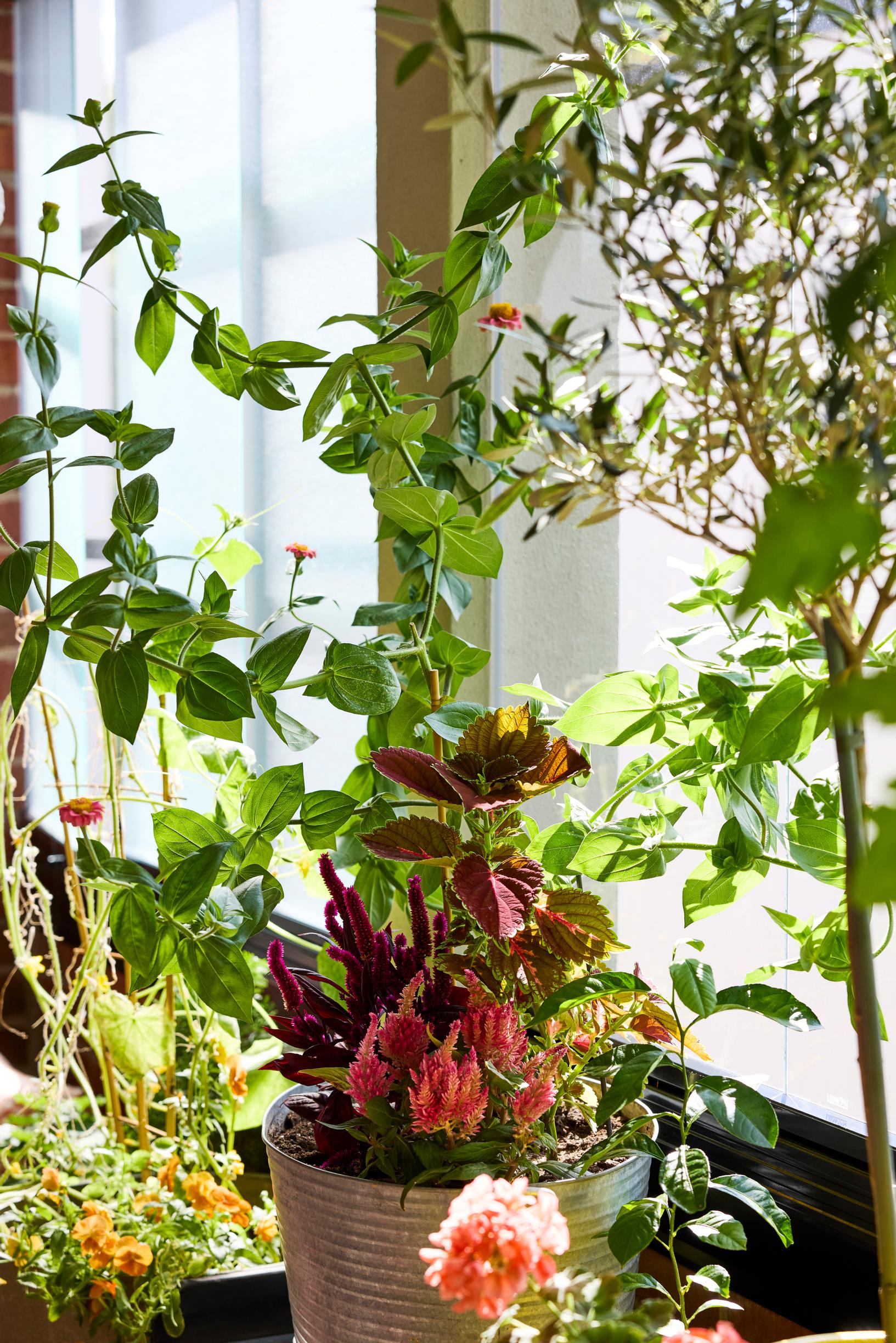
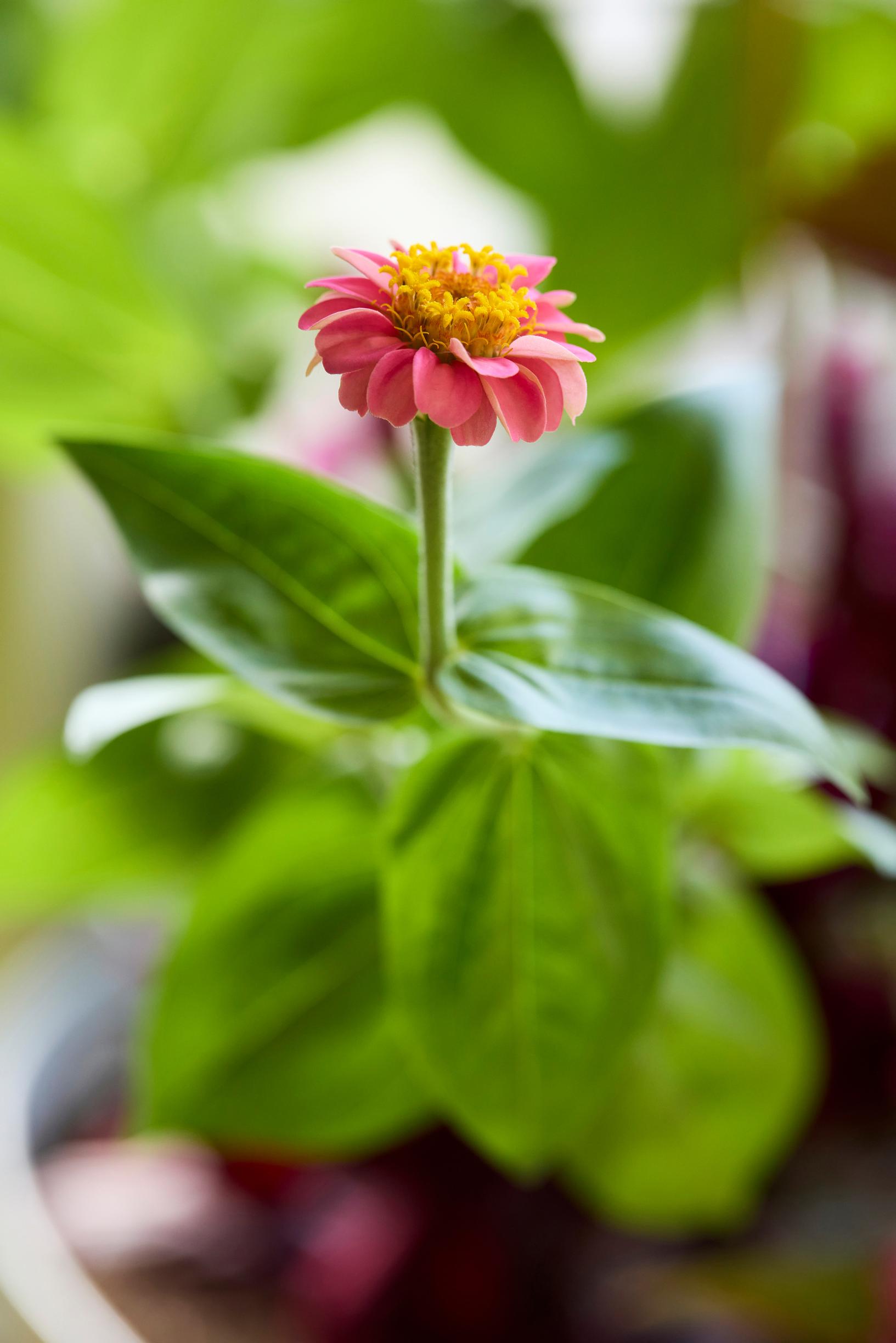
On the glazed west-facing balcony the temperature stays about five degrees warmer than outside in autumn and winter. In mild winters, Malla has successfully overwintered many plants there in Styrofoam pots. A Japanese maple, a thuja, and climbers such as clematis and flame vine have all survived the winter.
English ivy also overwinters well when Malla moves the pots down to the floor for protection.
Malla brings the fig, olive, and lemon trees indoors before the first frost.
“I don’t really have a suitably cool space for them, so they don’t do very well indoors. My harvest ends up being rather pricey because I often have to buy new plants, but I get so much joy from watching them grow,” Malla notes.
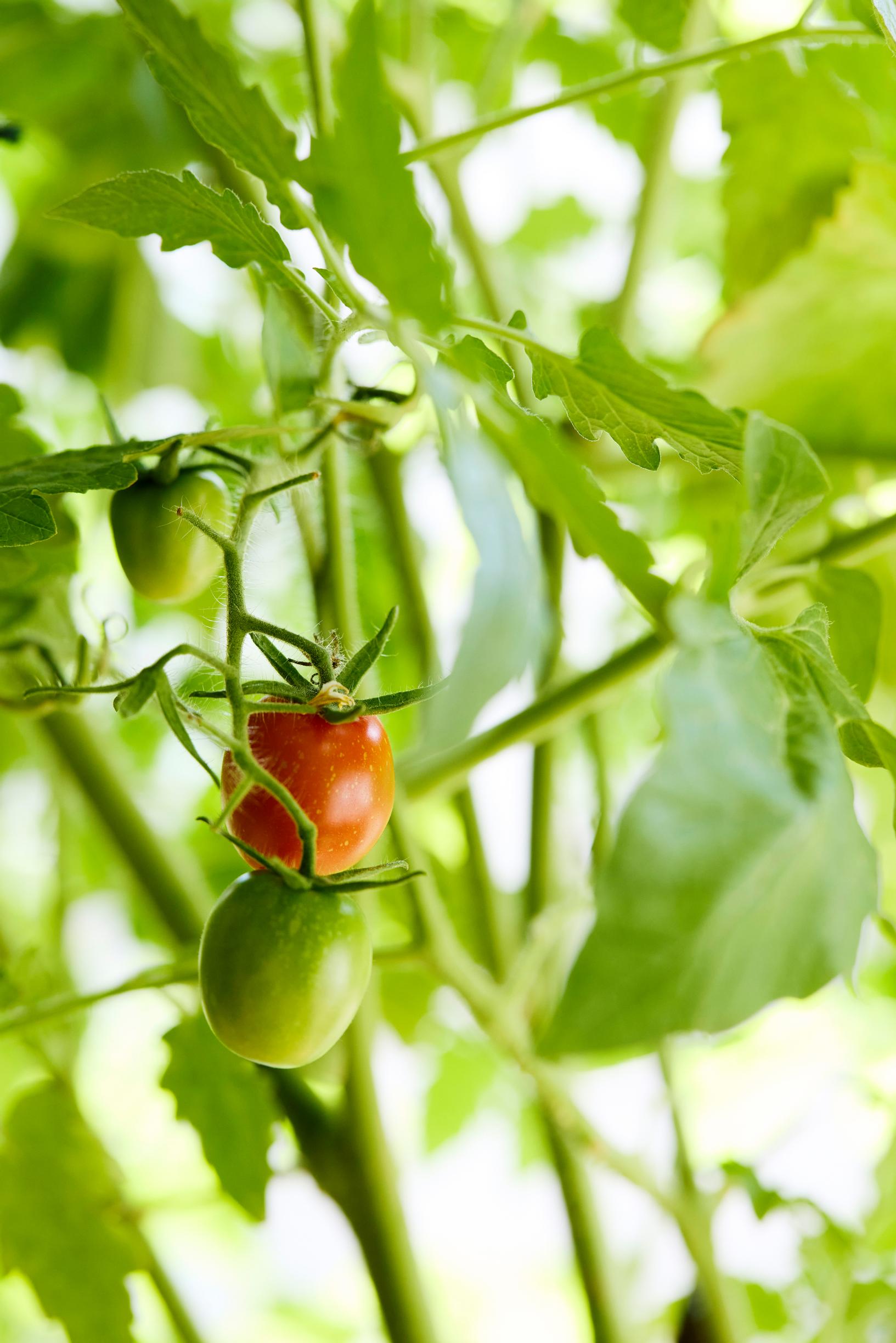
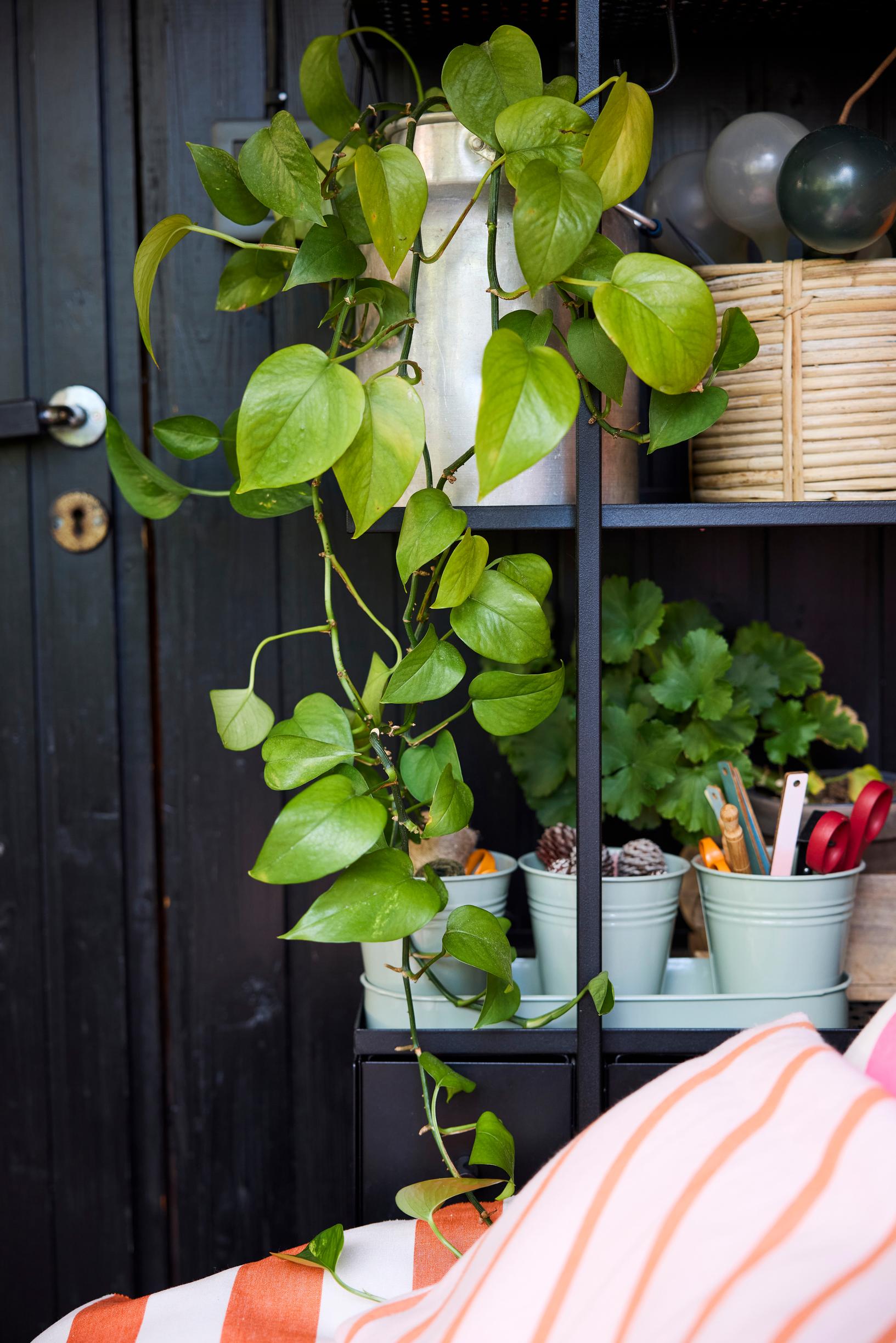
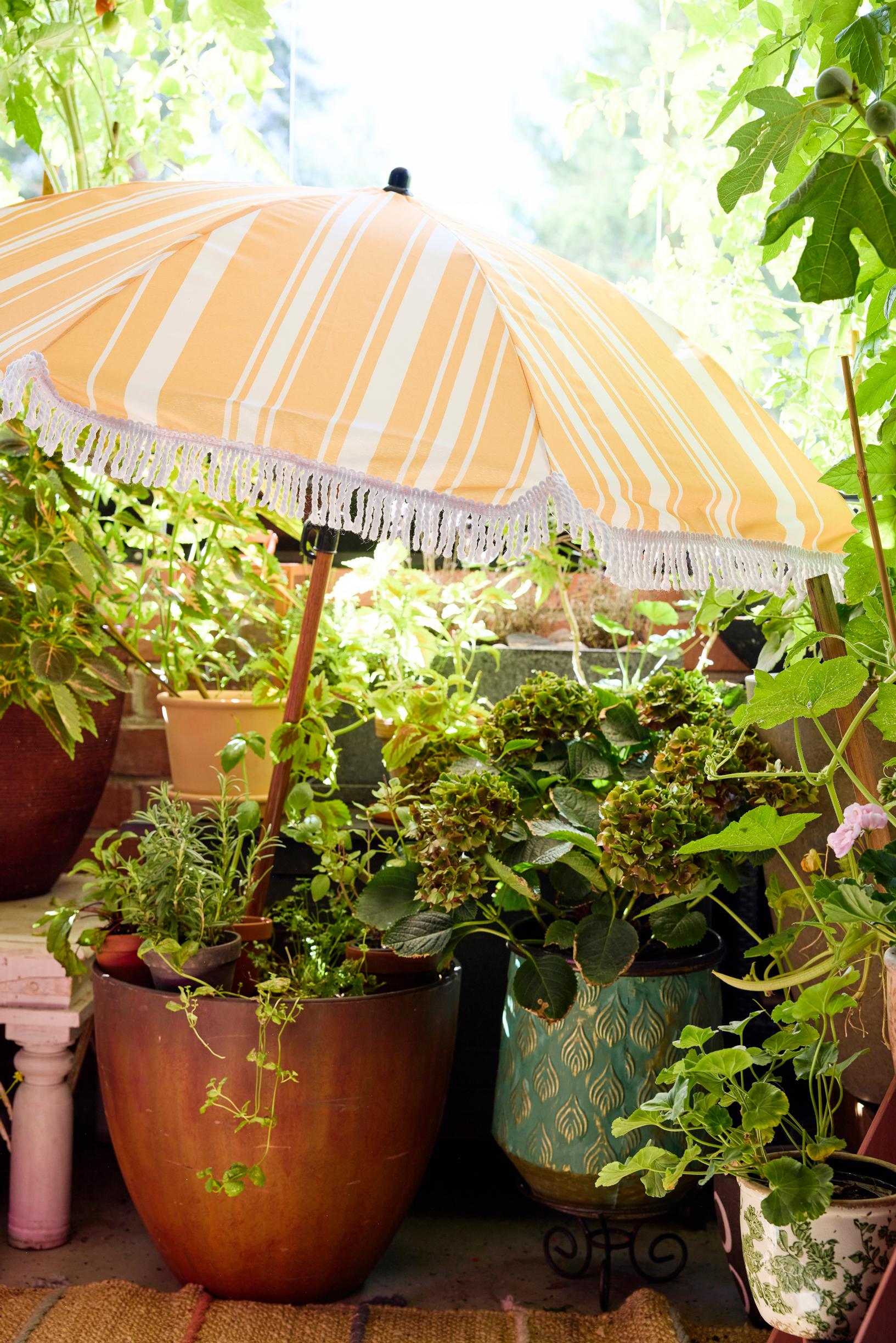
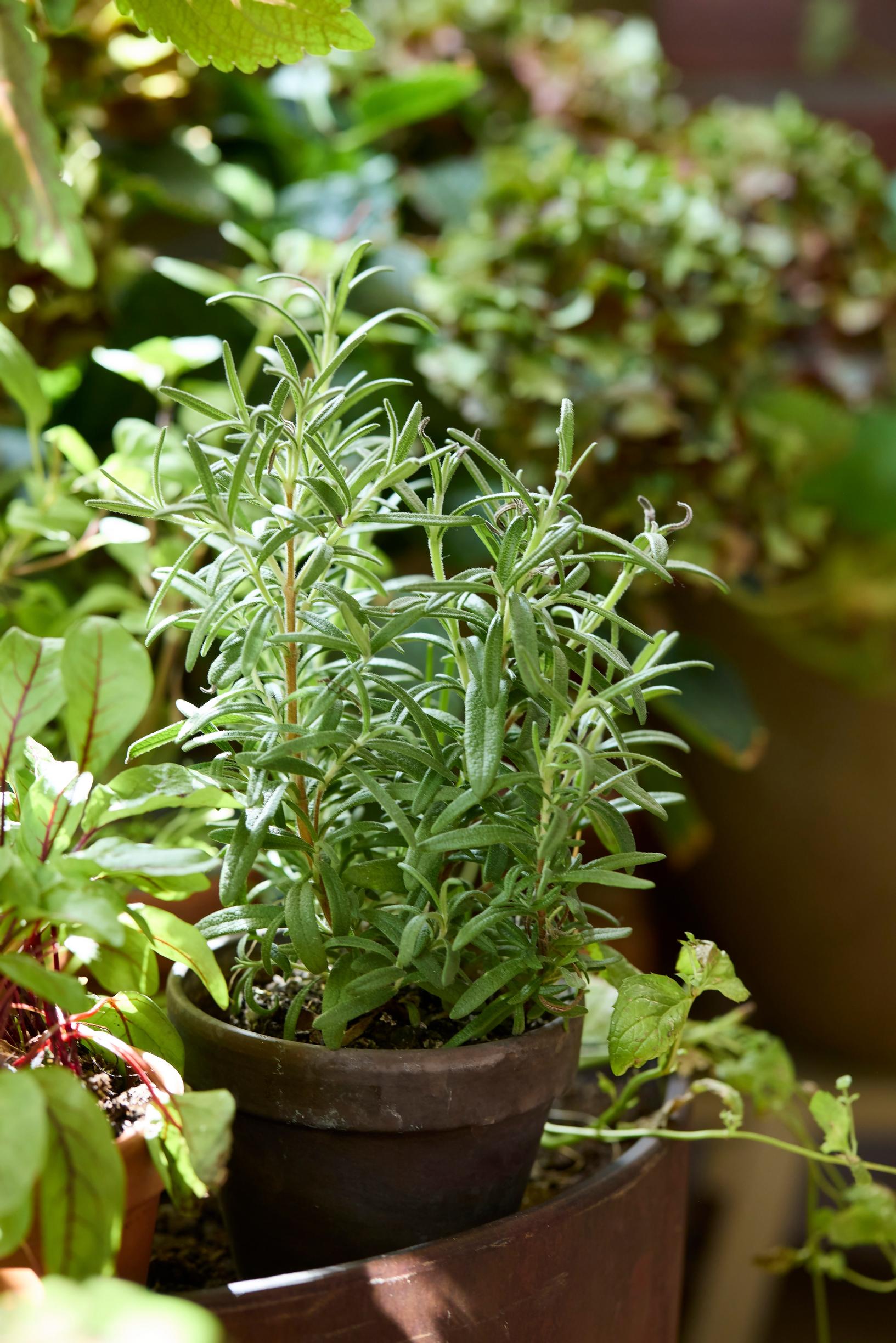
One winter Malla tried to overwinter a lemon tree entirely on the balcony under a layer of garden fleece. It wasn’t enough, and the tree died.
The Japanese maple that had survived two winters also met a sad fate last spring.
“The sun starts warming the balcony as early as March, and the plants begin to put out new shoots too soon. Then we got a cold snap, and the Japanese maple that had already started growing didn’t make it,” Malla laments.
Next, Malla would like to try growing grapes on her balcony. Next year she plans to replace the soil in her large pots—instead of merely loosening the top layer—and that will be the perfect time to plant the vines.
“I believe grapevines will thrive here. It would be wonderful if they grew all the way up to the ceiling and created an arching feel.”
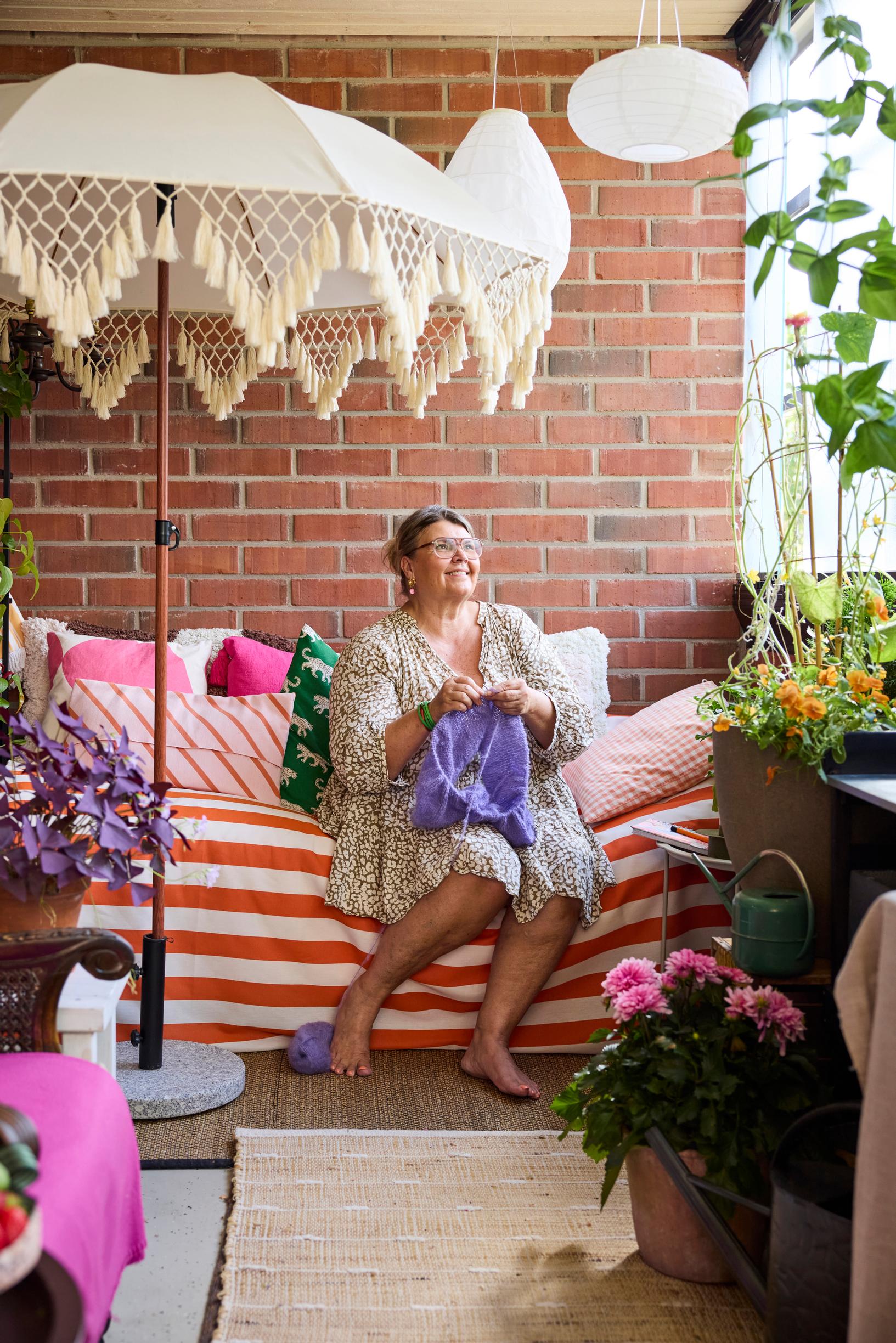
Malla’s tips for a sun-drenched balcony
1. Provide shade
Shield sun-sensitive plants with curtains and, if needed, a patio umbrella.
2. Group for protection
Plant in clusters so the plants shield each other from the sun and create a favorable microclimate. Grouping also gives an instant sense of abundance in early summer when plants are still small. Plant different species in the same pot or place separate pots close together.
3. Survive vacations
When you’re away, stick watering globes or upside-down, water-filled bottles into the soil. Move plants that sit higher down onto the floor. When you return, revive them gently. Don’t drench them all at once or the roots will suffer.


